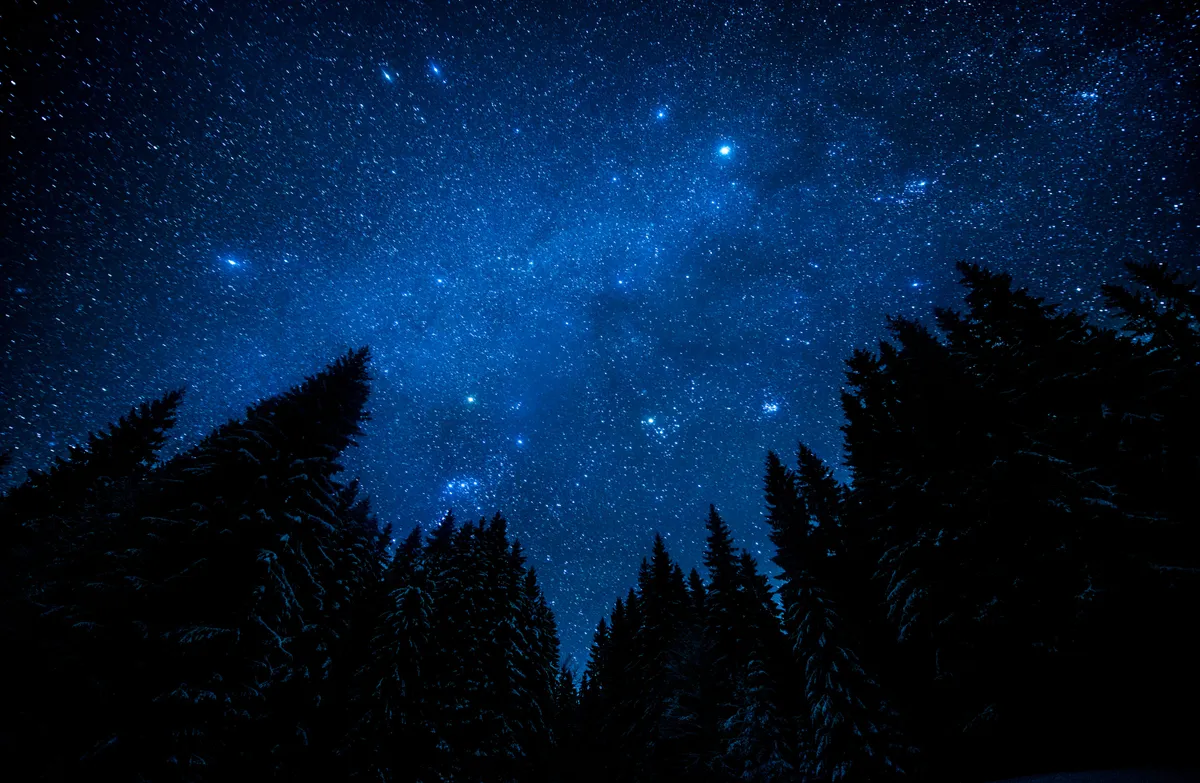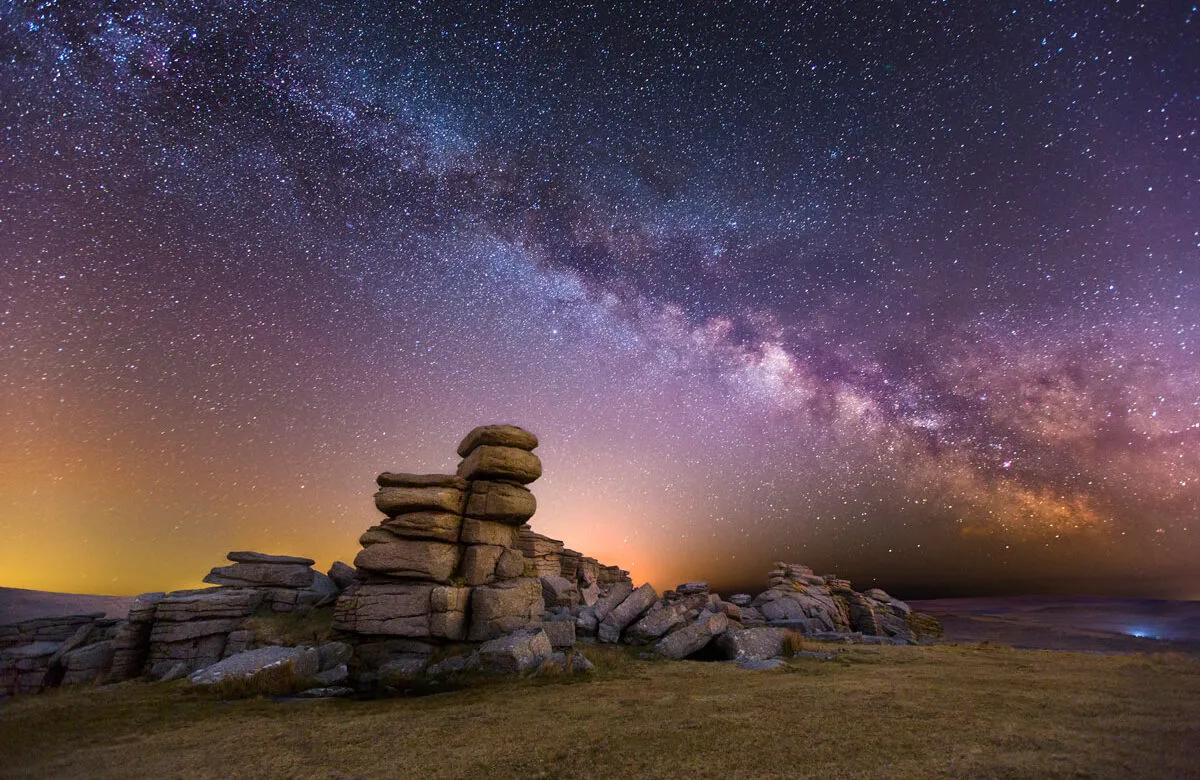The International Dark-Sky Association (IDA) has awarded International Dark Sky Reserve status to both the Yorkshire Dales National Park and the North York Moors National Park in northern England.
As part of a coordinated, five-year campaign by the National Parks, the International Dark-Sky Association (IDA) has granted Dark Sky Reserve status to both areas.
Covering more than 3500 km2, it is the largest Dark Sky Reserve designation in the UK.

The two Yorkshire National Parks join five other International Dark Sky Reserve locations in the UK: Brecon Beacons National Park, Exmoor National Park, Snowdonia National Park, Cranborne Chase, Moore’s Reserve (South Downs). There is now a total of 18 International Dark Sky Reserves worldwide.
Large areas of low light pollution mean that the Yorkshire Dales and North York Moors are home to some of the darkest skies in England, where visitors are able to see thousands of stars, constellations, the Milky Way and meteor showers. At certain times of the year, it is even possible to see the Northern Lights.
Stargazing guide: Britain’s dark sky sites, best places to stargaze, plus how to get started
The UK has a growing number of great places to go stargazing – our expert guide on the best locations to stargaze in Britain, advice to help you see more in the dark, and basic stargazing equipment to help you get started.
To be designated as a Reserve, an applicant must complete a rigorous application process, demonstrating that the area possesses ‘exceptional or distinguished quality of starry nights and nocturnal environment’, as well as ‘robust community support for dark sky protection’.

The National Parks’ new status will help support Yorkshire’s astro tourism sector, propelled on in recent years by the Dark Skies Festival. Since the festival began in 2016, it has inspired numerous local businesses, including B&Bs, holiday cottages, cafes and hotels, to become Dark Skies Friendly.
The theme for next year’s Dark Skies Festival (12-28 February 2021) is Nocturnal Wildlife, and aims to show how important low levels of light pollution are for wildlife species.